hokusai (Page 2)
This latest themed set of 20 colored pencils is inspired by the Thirty-six Views of Mt. Fuji series by master artisan Katsushika Hokusai.
Hokusai and other ukiyo-e masters of the Edo period are here to help your crotch look its best.
Country continues tradition of honoring icons of art and science over politicians on its currency.
Famous woodblock print from master painter Hokusai adapted to sneakers that leave the naughty bits to your vivid imagination.
The works of Hokusai and others, admired for more than a century, lend a touch of class to your appreciation of a cold one.
Ukiyo-e master Hokusai’s iconic seascape is now appearing on eligible motor vehicles in the capital.
When Japanese travelers go abroad, they’ll be taking some of the country’s most famous and beautiful examples of woodblock print artwork with them.
Japanese toilets continue to lead the way with a new range of beautifully decorative models.
Prized traditional woodblock prints age even more gracefully when they’re recreated in shades of wine.
2015 has been a good year for lovers of Japanese art in Boston. The city’s phenomenal Museum of Fine Arts has hosted not just one, but three special exhibitions of Japanese art so far this year, along with its newly restored Japanese garden outside. The most hyped of all of these is an exhibition dedicated solely to Katsushika Hokusai, one of the most important ukiyo-e painters and printmakers of the Edo period who’s best known as the creator of The Great Wave off Kanagawa.
Besides the Hokusai collection, the museum is also hosting a particularly powerful exhibit displaying the work of 17 photographers in the wake of the 2011 Tohoku triple disasters, along with a lighthearted exhibit showcasing prints of some whimsical Japanese toys and games. As all three of the exhibitions are preparing to wind down within the next few weeks after hosting thousands of visitors over the past months, we thought we’d take a moment to share some of their highlights with you!
Recently, we brought you the news that you can now view an online animated sketchbook version of works by famous Japanese Ukiyo-e artist Hokusai. But what if you’re not content just looking at beautiful art online? What if you could see it every time you look down at your feet? Well, with these awesome printed sneakers from TeeFury.com, you can get some culture into your wardrobe while still looking cool!
Oh, and as an added bonus, they’ve stuck Godzilla’s ugly monster mush into the design, too!
If you are a sighted person with an internet connection, chances are you have seen Katsushika Hokusai’s famous painting Mount Fuji Seen Below a Wave at Kanagawa at some point. Despite the clunky title, it is one of the most recognized pieces of Japanese art ever.
Now, thanks to 3-D printing, a company called K’s Design Lab, and Tsutaya’s bookstore-cum-lounge property T-Site, visually impaired art lovers too will soon be able to see this work by literally getting their hands on it.
As if the power of the sea weren’t terrifying on its own, a Brazilian artist managed to make the wrath of Poseidon even more fearsome with the addition of Japan’s most famous monster.
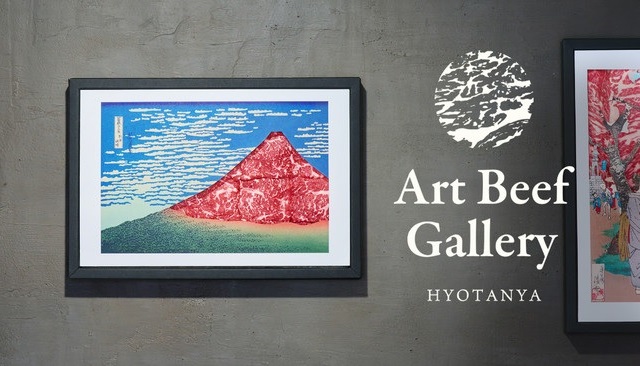
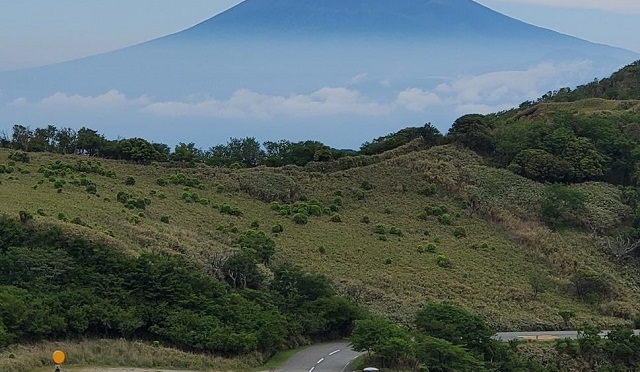
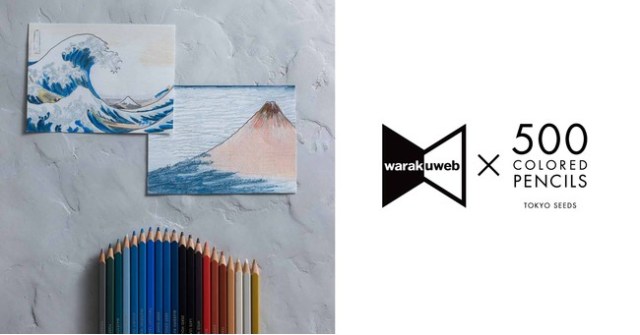
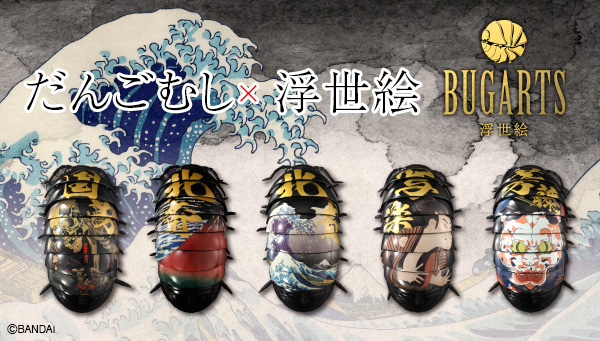
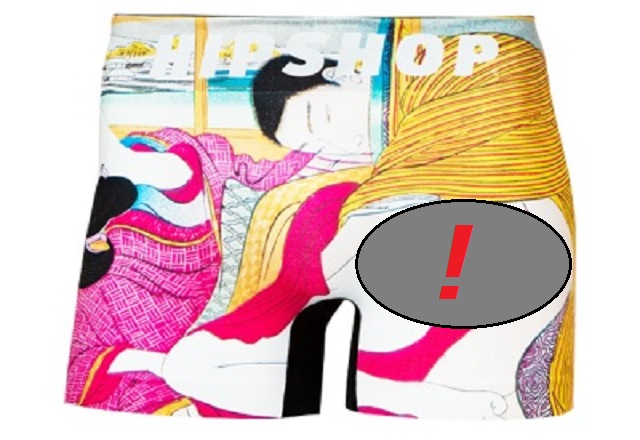
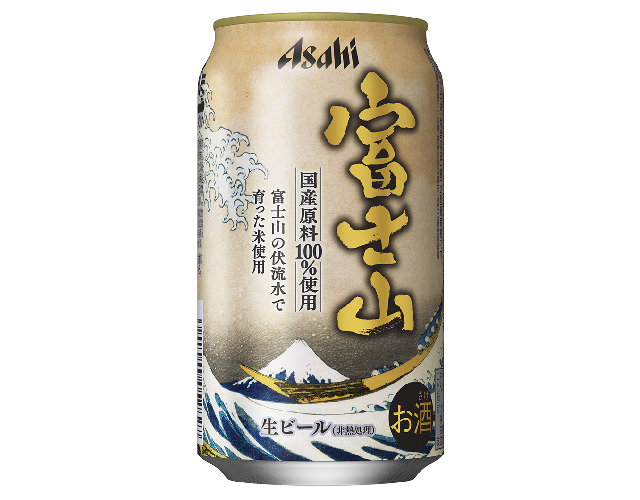
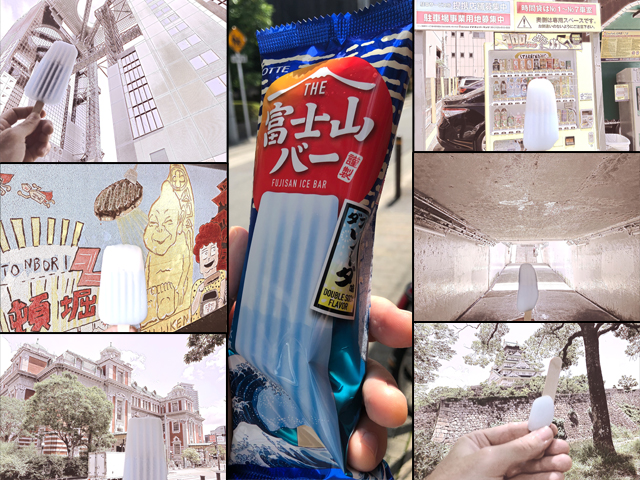
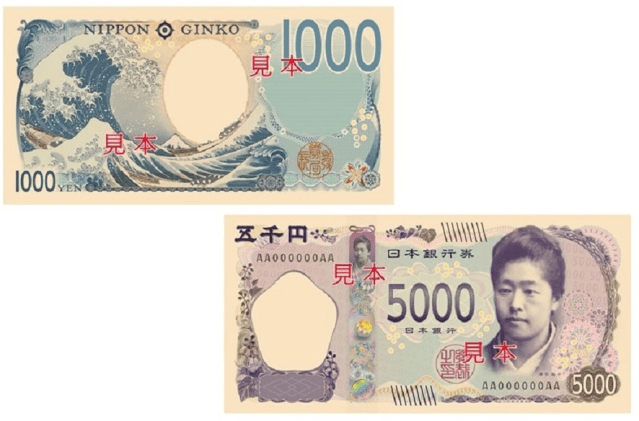
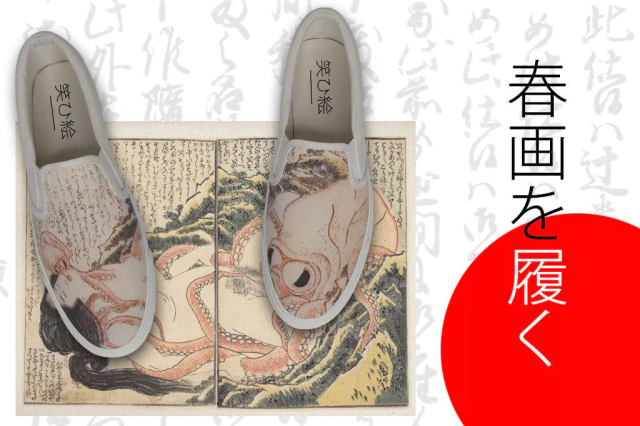
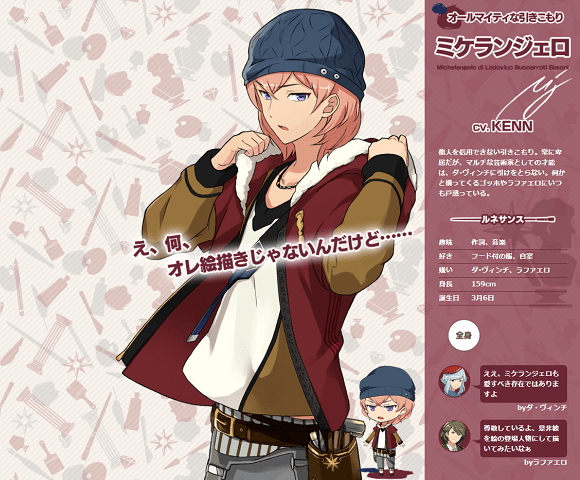
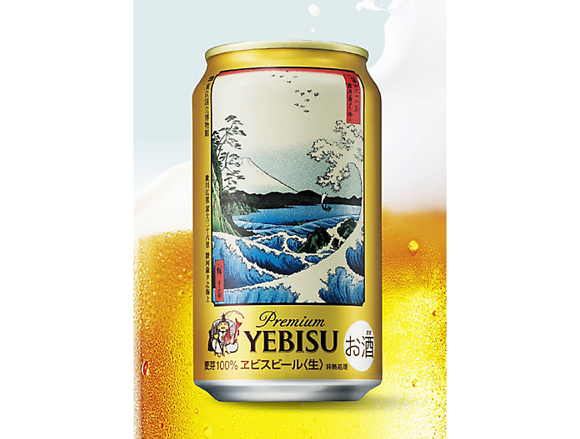
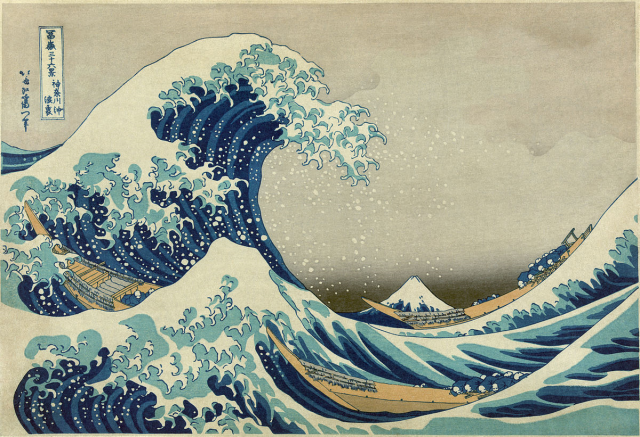
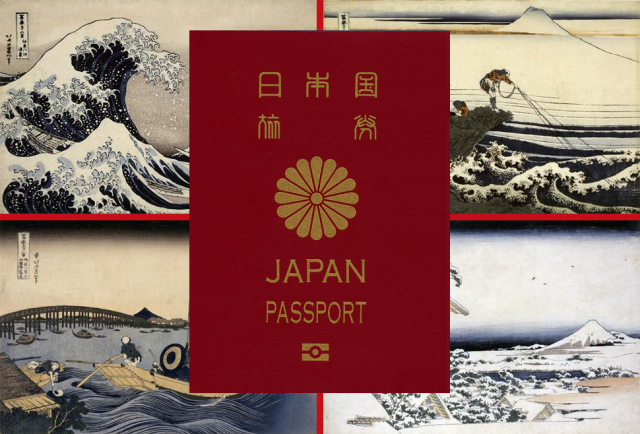
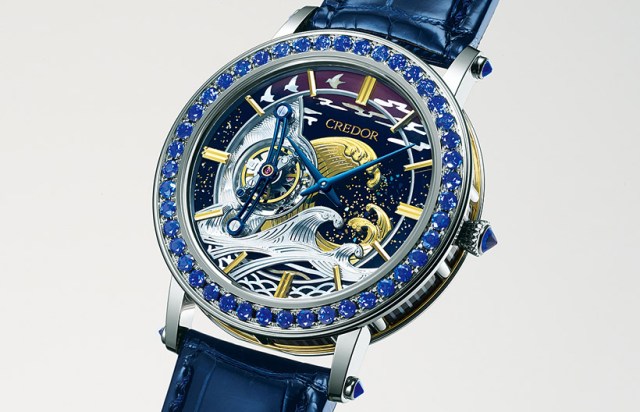
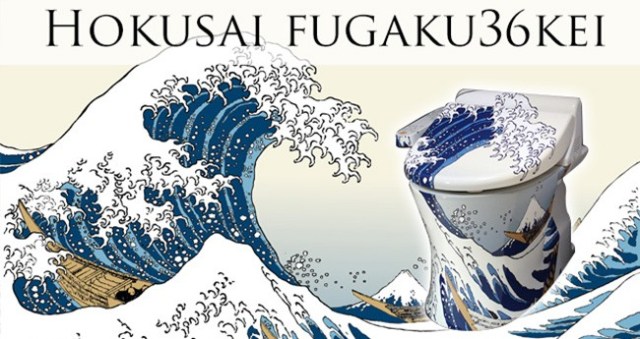
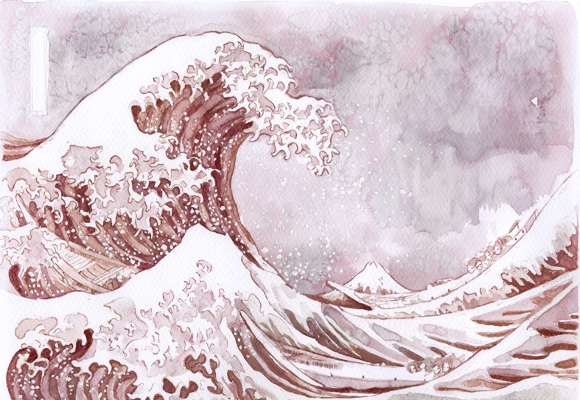
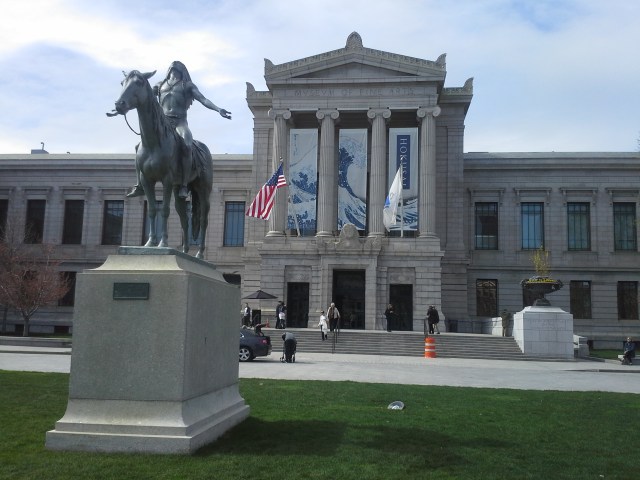
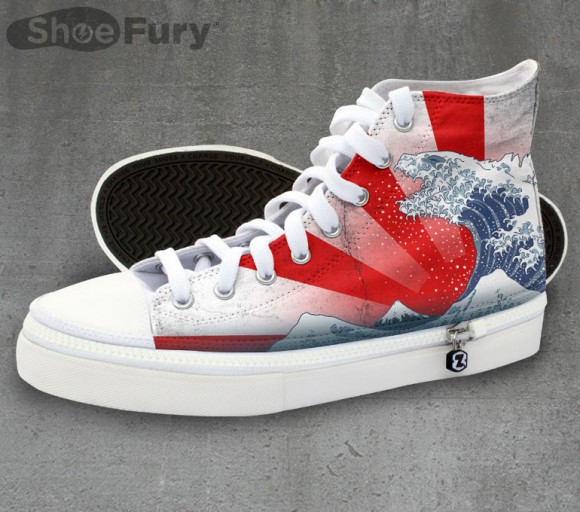
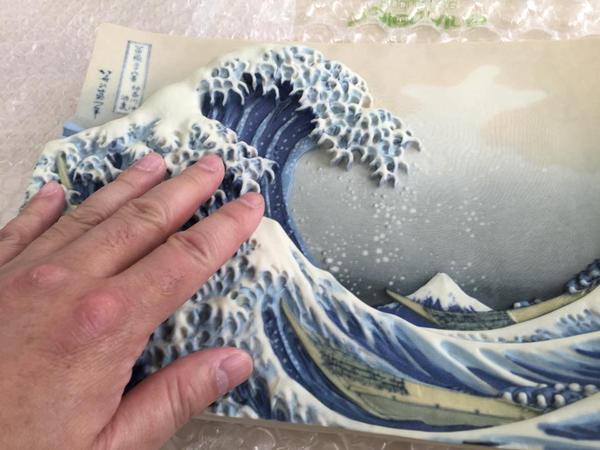
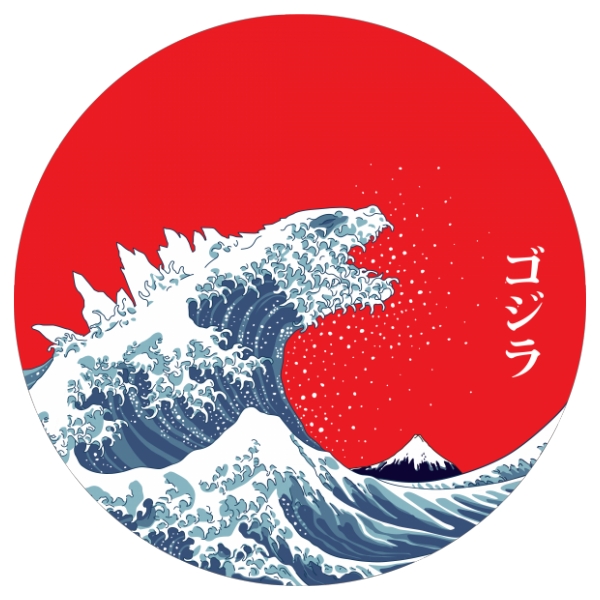
 Ramen restaurant’s English menu prices are nearly double its Japanese ones, denies discriminating
Ramen restaurant’s English menu prices are nearly double its Japanese ones, denies discriminating Here’s what our bachelor writers ate over the New Year’s holiday in Japan
Here’s what our bachelor writers ate over the New Year’s holiday in Japan That time Seiji called JASRAC to ask why he didn’t get paid royalties for his song being on TV
That time Seiji called JASRAC to ask why he didn’t get paid royalties for his song being on TV The Purple Lucky Bag from Village Vanguard is an extra-large waste of money
The Purple Lucky Bag from Village Vanguard is an extra-large waste of money The top 10 haunted spots in Japan as chosen by a professional ghost chaser
The top 10 haunted spots in Japan as chosen by a professional ghost chaser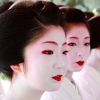 Japanese beauty trends of the 20th & 21st centuries, and predicting future fashions
Japanese beauty trends of the 20th & 21st centuries, and predicting future fashions Private booths are coming to Japan’s Shinkansen bullet trains even sooner than we’d thought【Video】
Private booths are coming to Japan’s Shinkansen bullet trains even sooner than we’d thought【Video】 Japanese beef bowl chain Sukiya’s 2026 Smile Box lucky bag basically pays for itself
Japanese beef bowl chain Sukiya’s 2026 Smile Box lucky bag basically pays for itself Rakuten randomly offers 58 New Year’s osechi feasts in Japan, but did we get a star or a dud?
Rakuten randomly offers 58 New Year’s osechi feasts in Japan, but did we get a star or a dud? One of Japan’s rarest sweets is a sell-out hit that looks and tastes like frost
One of Japan’s rarest sweets is a sell-out hit that looks and tastes like frost Starbucks Japan ready to get Year of the Horse started with adorable drinkware and plushies【Pics】
Starbucks Japan ready to get Year of the Horse started with adorable drinkware and plushies【Pics】 Hayao Miyazaki says Happy New Year to Studio Ghibli fans with new art for Year of the Horse
Hayao Miyazaki says Happy New Year to Studio Ghibli fans with new art for Year of the Horse Cup Noodle tries an authentic Jiro-style ramen, but something’s not quite right
Cup Noodle tries an authentic Jiro-style ramen, but something’s not quite right Top Japanese cosplayer Enako returns to Comiket after 6 years, creates mayhem with admirers
Top Japanese cosplayer Enako returns to Comiket after 6 years, creates mayhem with admirers The best Starbucks Japan Frappuccinos we want to drink again in 2026
The best Starbucks Japan Frappuccinos we want to drink again in 2026 We revisited Sweets Paradise after a decade to see if Japan’s dessert buffet still delivers
We revisited Sweets Paradise after a decade to see if Japan’s dessert buffet still delivers Pizza Hut Japan’s hot lucky bags are perfect for a New Year’s pizza party
Pizza Hut Japan’s hot lucky bags are perfect for a New Year’s pizza party Majority of Japanese mayors say foreign residents are essential but most see good and bad effects
Majority of Japanese mayors say foreign residents are essential but most see good and bad effects 7-Eleven Japan starts new temporary luggage storage service in over 300 branches
7-Eleven Japan starts new temporary luggage storage service in over 300 branches Disillusionment at Tsukiji’s tourist-target prices led us to a great ramen restaurant in Tokyo
Disillusionment at Tsukiji’s tourist-target prices led us to a great ramen restaurant in Tokyo Starbucks teams up with 166-year-old Kyoto doll maker for Year of the Horse decorations【Photos】
Starbucks teams up with 166-year-old Kyoto doll maker for Year of the Horse decorations【Photos】 Tokyo considering law requiring more trash cans following litter increase in heavily touristed area
Tokyo considering law requiring more trash cans following litter increase in heavily touristed area Tokyo’s Tsukiji sushi neighborhood asks tour groups to stay away for the rest of the month
Tokyo’s Tsukiji sushi neighborhood asks tour groups to stay away for the rest of the month Tokyo event lets you travel back in time, for free, to celebrate 100 years since Showa era start
Tokyo event lets you travel back in time, for free, to celebrate 100 years since Showa era start Japan may add Japanese language proficiency, lifestyle classes to permanent foreign resident requirements
Japan may add Japanese language proficiency, lifestyle classes to permanent foreign resident requirements Sanrio theme park in Japan announces plans to expand into a Sanrio resort
Sanrio theme park in Japan announces plans to expand into a Sanrio resort Lacquerware supplier to emperor of Japan and Pokémon team up for new tableware
Lacquerware supplier to emperor of Japan and Pokémon team up for new tableware Survey asks foreign tourists what bothered them in Japan, more than half gave same answer
Survey asks foreign tourists what bothered them in Japan, more than half gave same answer Japan’s human washing machines will go on sale to general public, demos to be held in Tokyo
Japan’s human washing machines will go on sale to general public, demos to be held in Tokyo Japan’s deadliest food claims more victims, but why do people keep eating it for New Year’s?
Japan’s deadliest food claims more victims, but why do people keep eating it for New Year’s? We deeply regret going into this tunnel on our walk in the mountains of Japan
We deeply regret going into this tunnel on our walk in the mountains of Japan Studio Ghibli releases Kodama forest spirits from Princess Mononoke to light up your home
Studio Ghibli releases Kodama forest spirits from Princess Mononoke to light up your home Major Japanese hotel chain says reservations via overseas booking sites may not be valid
Major Japanese hotel chain says reservations via overseas booking sites may not be valid Put sesame oil in your coffee? Japanese maker says it’s the best way to start your day【Taste test】
Put sesame oil in your coffee? Japanese maker says it’s the best way to start your day【Taste test】 No more using real katana for tourism activities, Japan’s National Police Agency says
No more using real katana for tourism activities, Japan’s National Police Agency says Starbucks Japan reveals new sakura drinkware collection, inspired by evening cherry blossoms
Starbucks Japan reveals new sakura drinkware collection, inspired by evening cherry blossoms Updated cherry blossom forecast shows extra-long sakura season for Japan this year
Updated cherry blossom forecast shows extra-long sakura season for Japan this year Japanese beauty trends of the 20th & 21st centuries, and predicting future fashions
Japanese beauty trends of the 20th & 21st centuries, and predicting future fashions Private booths are coming to Japan’s Shinkansen bullet trains even sooner than we’d thought【Video】
Private booths are coming to Japan’s Shinkansen bullet trains even sooner than we’d thought【Video】 Japanese beef bowl chain Sukiya’s 2026 Smile Box lucky bag basically pays for itself
Japanese beef bowl chain Sukiya’s 2026 Smile Box lucky bag basically pays for itself Rakuten randomly offers 58 New Year’s osechi feasts in Japan, but did we get a star or a dud?
Rakuten randomly offers 58 New Year’s osechi feasts in Japan, but did we get a star or a dud? One of Japan’s rarest sweets is a sell-out hit that looks and tastes like frost
One of Japan’s rarest sweets is a sell-out hit that looks and tastes like frost Unique men’s clothing line lets you wear some of Japan’s most iconic woodblock prints
Unique men’s clothing line lets you wear some of Japan’s most iconic woodblock prints What makes a good boss in Japan? Workers sound off in survey
What makes a good boss in Japan? Workers sound off in survey Japan’s number-one cosplayer Enako sparks heated debate after revealing insane 2020 income
Japan’s number-one cosplayer Enako sparks heated debate after revealing insane 2020 income Taiwan Rugby Union’s naked calendar: Because men have butts too【Photos】
Taiwan Rugby Union’s naked calendar: Because men have butts too【Photos】 Studio Ghibli stamps lift your spirits with motivational phrases from Totoro
Studio Ghibli stamps lift your spirits with motivational phrases from Totoro How to use Japanese convenience store Lawson’s self-checkout terminals
How to use Japanese convenience store Lawson’s self-checkout terminals Top Japanese cosplayer Enako returns to Comiket after 6 years, creates mayhem with admirers
Top Japanese cosplayer Enako returns to Comiket after 6 years, creates mayhem with admirers How to order snacks on a Shinkansen bullet train in Japan
How to order snacks on a Shinkansen bullet train in Japan